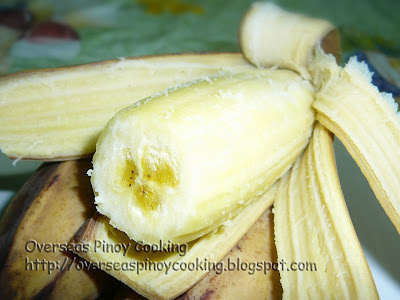Misua with Canned Salmon Soup

Misua with Canned Salmon Soup . Canned fish with misua is another Pinoy comfort food that is associated to the masses, especially during difficult times where majority of Pinoys are presently experiencing. Canned sardine or canned mackerel are the more common canned fish used for the reason that they are cheaper compared to a canned salmon. Canned fish sautéed in onion and garlic, cooked with a lot of water and with misua noodles as extender and the result is a delectable dish enough for the family. For my version of the dish I used the Saba Pink Salmon brand for my canned fish, cook in the same method except that I added chopped long green chilli or siling pangsigang this gives the familiar chili aroma of most pinoy soup dishes. As an option I also used malungay leaves which is of course available in ones backyard, now I have a nutritious dish out of the lowly sardine version. See the photo of the dish below Ingredien . ts: 1 big can (42...






